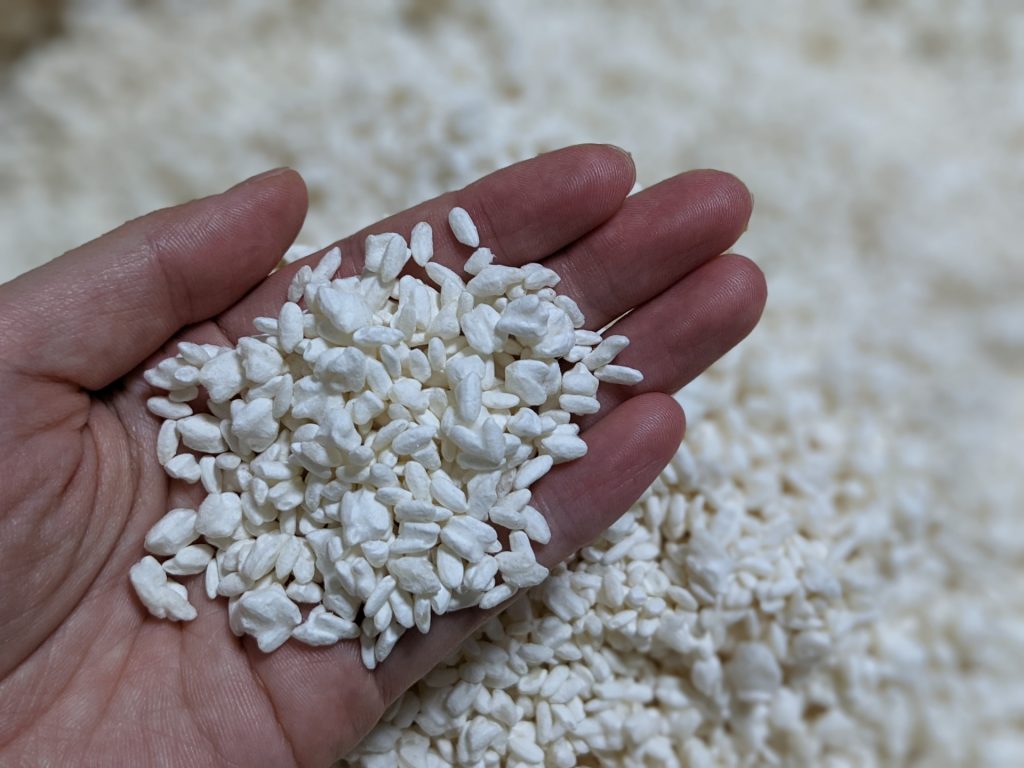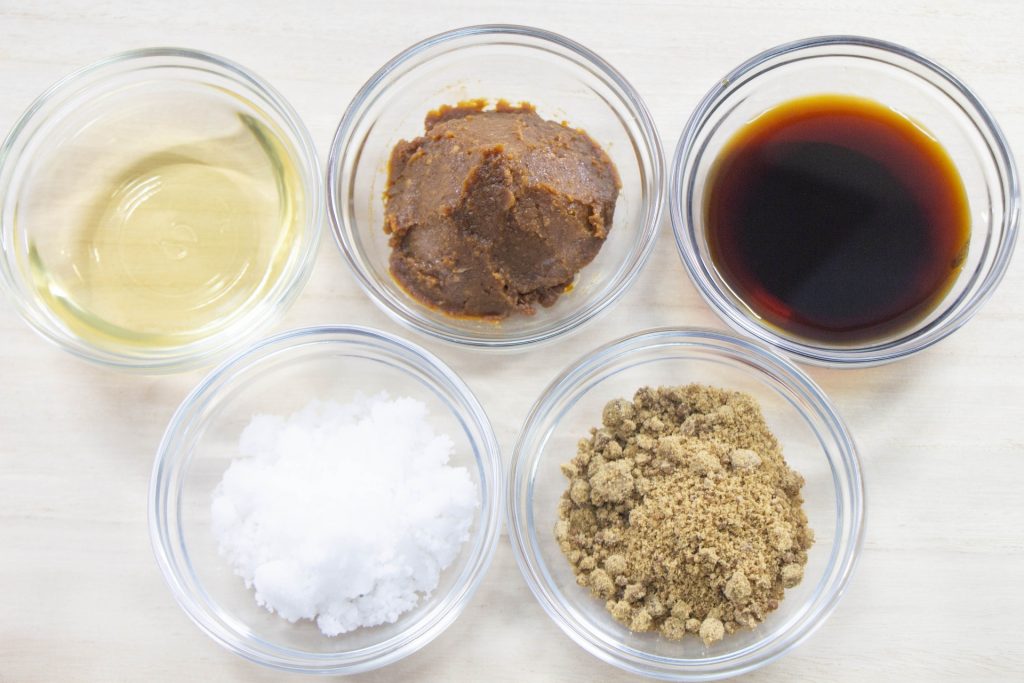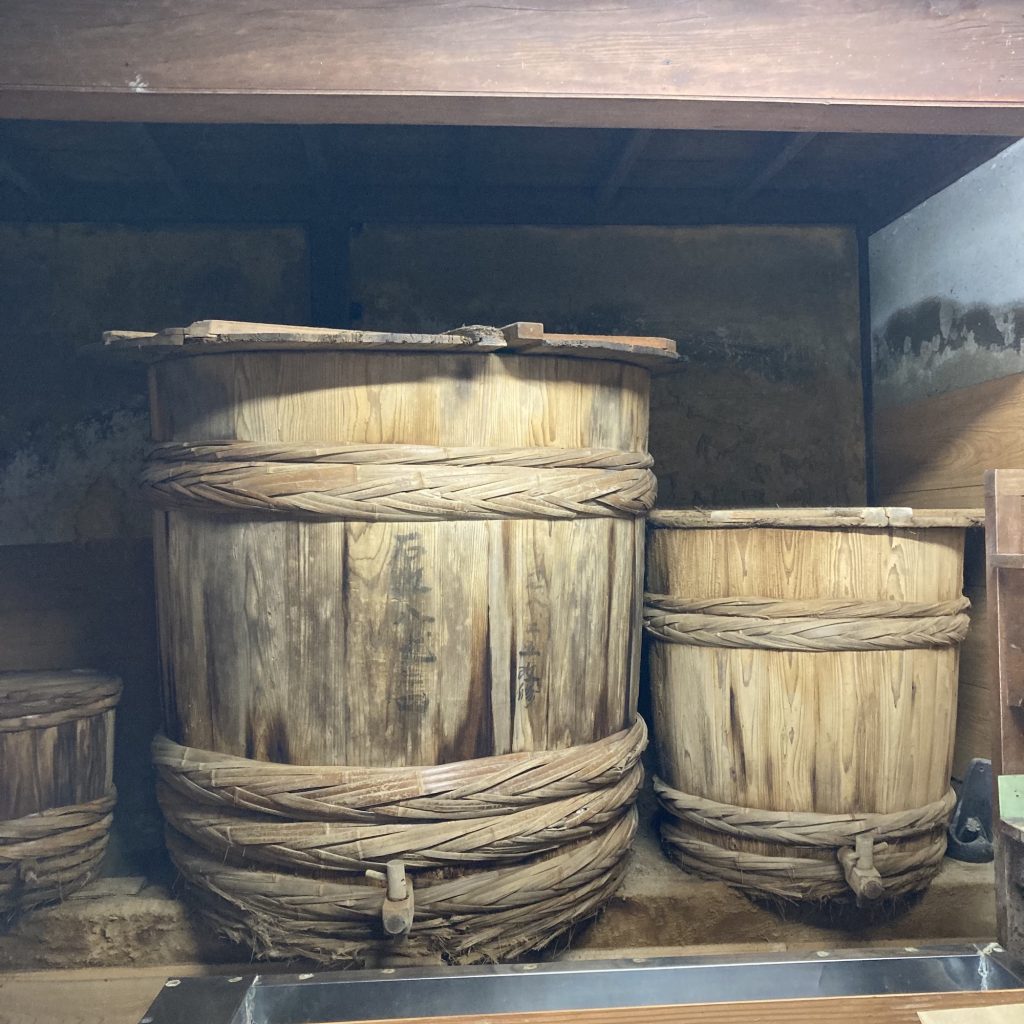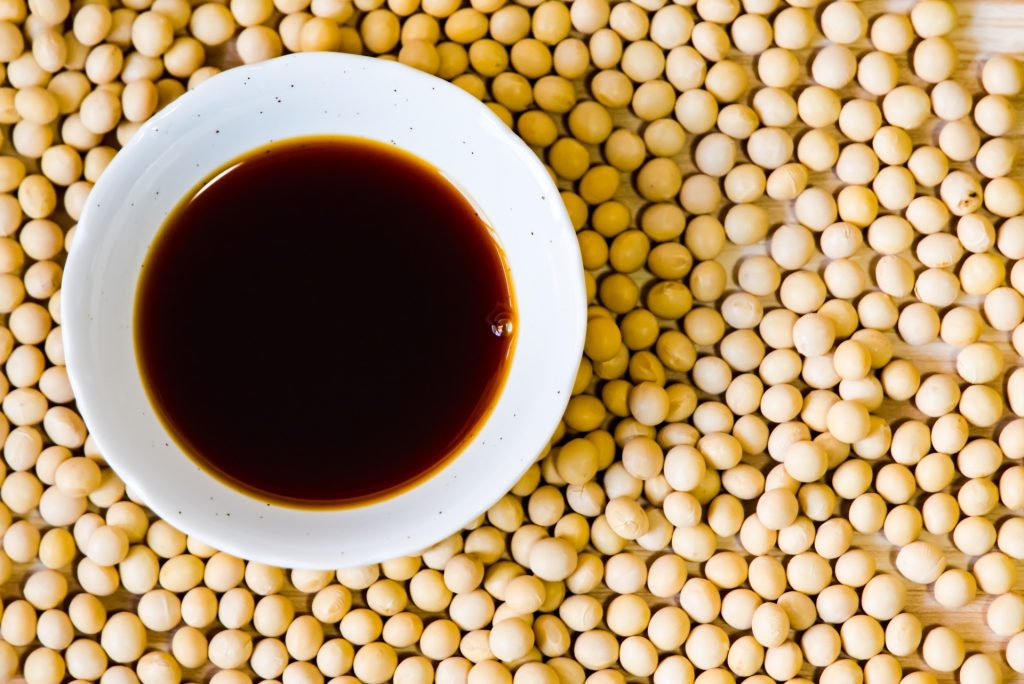What Is Soy Sauce?
Soy sauce is a traditional Japanese condiment made by fermenting soybeans, roasted wheat, salt, and a fermenting agent like koji mold. While it originated in China, soy sauce has become an essential ingredient in Japanese cuisine, offering a rich umami flavor that enhances a wide range of dishes. In Japanese, soy sauce is called “shoyu” (醤油), and it holds a special place in everyday cooking and traditional culinary techniques.
A Brief History of Soy Sauce in Japan
Soy sauce was introduced to Japan from China over 3 thousand years ago and then the prototype of modern soy sauce called “hishio” was already in use. Modern Japanese soy sauce, with its complex and aromatic flavour as we know it today, is said to have existed since the Muromachi period. Over centuries, regional variations and brewing techniques evolved, giving rise to a diverse range of soy sauces across Japan.
How Is Soy Sauce Made?

Traditional soy sauce is brewed through a slow fermentation process that can take several months to years. The process includes:
- Soaking and steaming soybeans
- Roasting and crushing wheat
- Mixing soybeans, or rice, or wheat with koji mold
- Fermenting with salt water in large barrels
This fermentation develops complex flavors and natural umami compounds, such as glutamic acid.
Types of Japanese Soy Sauce
Japan boasts five official types of soy sauce, each with unique flavor profiles and culinary applications.
Koikuchi (Dark Soy Sauce)
The most common soy sauce in Japan, koikuchi makes up about 80% of domestic consumption. It has a deep flavor and dark color, perfect for general cooking, dipping sauces, and marinades.
Usukuchi (Light Soy Sauce)
Contrary to its name, usukuchi has a higher salt content than koikuchi but a lighter color. It is commonly used in Kansai cuisine where appearance matters, such as in clear soups and simmered dishes.
Tamari
Gluten-free or nearly gluten-free soy sauce, made mostly from soybeans. It has a rich umami taste and is slightly thicker texture, ideal for dipping sushi or sashimi.
Shiro (White Soy Sauce)
Shiro shoyu contains more wheat than soybeans, resulting in a very light color and delicate flavor. It’s used in dishes where color preservation is essential, such as chawanmushi (savory custard) or delicate broths.
Saishikomi (Double-Brewed Soy Sauce)
This soy sauce is brewed twice, using soy sauce instead of brine during the second fermentation. It’s darker, sweeter, and more umami-rich, often used in high-end Japanese soy sauce applications like sashimi.
The Role of Soy Sauce in Japanese Cuisine

Soy sauce is a pillar of washoku, Japan’s traditional cuisine. Because soy sauce is one of the “sa-shi-su-se-so” — the five essential seasonings of Japanese cooking. It’s used to create balance—bringing together sweet, salty, sour, bitter, and umami. Soy sauce appears in nearly every Japanese meal, from dipping sauces to soups, stir-fries, and soy sauce glaze techniques. Even Japanese soy sauce dipping bowls and containers are crafted to elevate the experience of enjoying soy sauce properly.
Is Soy Sauce Healthy?
Soy sauce is low in calories but high in sodium. However, traditionally brewed soy sauce may offer some benefits:
- Contains amino acids and antioxidants
- Fermentation can aid digestion
- Adds flavor without added fats or sugars
That said, moderation is key. For those watching their salt intake, low-sodium or naturally brewed soy sauces are good options.
Choosing Traditional Over Mass-Produced Soy Sauce

Mass-produced soy sauces are often made quickly using acid hydrolysis rather than fermentation, sacrificing flavor and nutritional quality. These soy sauces often offer richer flavor and better support gut health thanks to live fermentation.
How to Use Soy Sauce in Cooking
While recipes vary, here are common ways soy sauce enhances flavor:
- As a dipping sauce for sushi, sashimi, and dumplings
- As a seasoning in soups, ramen, and stir-fries
- In soy sauce chicken marinades or grilled dishes
- As a glaze or finishing touch in traditional Japanese cooking
Soy sauce pairs well with garlic, ginger, sesame, and citrus. Be cautious with the amount — a little goes a long way! Try combining soy sauce with citrus (like ponzu), sesame oil, or vinegar to create your own dressings. You can also explore Japanese soy sauce dressing options available at local Asian markets.
How to Spot Authentic Japanese Soy Sauce Overseas
In California and other parts of the U.S., shelves are filled with soy sauces—but not all are equal. Look for these when choosing a real Japanese product:
- Label says “Product of Japan”
- Ingredient list includes naturally brewed elements (soybeans, wheat, salt, water)
- Avoid sauces with “hydrolyzed protein” or artificial flavorings
- Consider trying niche, high-end Japanese soy sauce brands online or at Japanese grocery stores
Also, explore Japanese soy sauce rice crackers or soy sauce eggs in Japanese restaurants to get a taste of how soy sauce is used beyond sushi.
Where to Buy and Taste Authentic Japanese Soy Sauce
Availability varies by country, but you’ll likely be able to find it at high-end supermarkets, organic supermarkets, or online.
Experience Washoku in Real Life
Want to learn how soy sauce is really used in Japanese cooking? When you visit Japan, consider joining a washoku cooking class or even a culinary stay. These immersive programs let you explore how Japanese cooking techniques using soy sauce bring out flavor in everything from vegetables to fish, deepening your appreciation for this fermented treasure.
▼Japanese Fermented Cooking Class Detail
FAQs About Soy Sauce

Can I substitute soy sauce with tamari or coconut aminos?
Yes. Tamari is a great substitute, especially for gluten-free diets. Coconut aminos offer a soy-free alternative but lack the same depth.
How should I store soy sauce?
Keep it in a cool, dark place, preferably refrigerated after opening. This preserves its umami and prevents spoilage.
What’s the difference between Chinese and Japanese soy sauce?
Chinese soy sauce tends to be saltier and less aromatic. Japanese soy sauce is often fermented longer, contains wheat, and offers a more balanced flavor profile ideal for washoku.
Is soy sauce gluten free?
Most traditional soy sauces contain wheat and are not gluten free. However, tamari is often gluten free. Always check the label—some soy sauces labeled “gluten free” are specifically brewed to cater to dietary needs.
Can I eat soy sauce when pregnant?
Yes, in moderation. Naturally brewed soy sauce is safe during pregnancy when consumed as part of a balanced diet. However, due to its high sodium content, it’s best to limit excessive use. Always consult with a healthcare provider if you have concerns.
A Balanced Life with Soy Sauce
Japanese soy sauce isn’t just a seasoning—it’s a bridge to understanding Japanese culture, craftsmanship, and wellness. Whether you’re cooking at home, dining at your favorite sushi spot, or planning a trip to Japan, choose soy sauce that tells a story.
Ready to go deeper? Sign up for our newsletter and unlock the secrets of real Japanese cuisine—starting with the incredible world of fermented foods like soy sauce.

No responses yet